





Glaucoma affects the optic nerve that carries visual information from the eye to the brain. Elevated intraocular pressure (IOP), or the pressure within the eye, is frequently the source of this injury. Globally, Glaucoma is one of the main causes of permanent blindness.
There are several types of glaucoma, but the two main categories are Open-angle glaucoma and Angle-closure glaucoma.
Open-Angle Glaucoma: This is the most prevalent kind of Glaucoma. Although initially open, the drainage angle between the iris and cornea gradually loses its effectiveness. It usually progresses slowly, and visual loss could not become apparent for some time.
Angle-Closure Glaucoma: This happens when the drainage angle between the iris and cornea is clogged, which results in an abrupt rise in intraocular pressure. Severe eye discomfort, headaches, impaired vision, and nausea are possible symptoms.
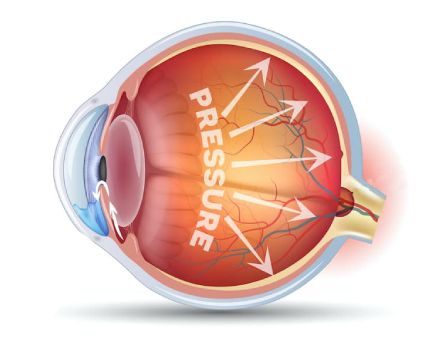
The injury is frequently brought on by unusually high intraocular pressure. There are several forms of Glaucoma, and the particular variety might have different symptoms. But Glaucoma frequently advances silently until advanced stages of the disease result in substantial visual loss. For this reason, routine eye exams are essential to early detection and treatment.
Common symptoms associated with certain types of Glaucoma
Open-Angle Glaucoma: It is referred to as the "Silent thief of sight" due to its gradual progression and lack of overt symptoms. People may not notice any changes at first, but eventually their field of vision gets smaller, which causes tunnel vision.
Angle-Closure Glaucoma: There may be sudden, severe symptoms that are needed for emergency care like eye discomfort, strong headache, vomiting and nausea, hazy vision, the halo surrounding lights, bloodshot eyes
Normal-Tension Glaucoma: This is equivalent to open-angle glaucoma, although it manifests in cases with normal intraocular pressure. There may occur gradual blindness in the periphery having trouble adjusting to low light
Some people, such as those over 60 and those with a family history of the condition, may be more susceptible to developing Glaucoma. For the early identification and treatment of glaucoma, routine eye exams that include assessments of the optic nerve and intraocular pressure are essential. See a doctor right away if you suddenly get significant eye symptoms. This might indicate an acute angle-closure glaucoma episode, which has to be treated right once.
Tonometry: This evaluates the eye's intraocular pressure, or IOP. Although not everyone with increased IOP has glaucoma, it is a risk factor for the ailment.
Ophthalmoscopy: This entails assessing the optic nerve head to check for injury or other morphological abnormalities, such as cupping.
Perimetry (Visual Field Test): The whole range of your peripheral vision horizontally and vertically is evaluated by this test. It assists in locating any blind spots or places with visual loss.
Gonioscopy: This examination determines if the angle between the iris and cornea is open or closed. It aids in glaucoma classification.
Pachymetry: This calculates the cornea's thickness. An increased chance of getting glaucoma may be linked to thinner corneas.
Optical Coherence Tomography (OCT): In order to evaluate the health of the optic nerve and retina, this imaging technique gives precise cross-sectional pictures of these structures.
Glaucoma Treatment aims to lower intraocular pressure to prevent further damage to the optic nerve. The main treatments include
Eye drops: Common types of Eye drops like Prostaglandin analogs, alpha agonists, beta-blockers, and carbonic anhydrase inhibitors are prescribed by the Eye specialist to reduce intraocular pressure.
Oral medications: To minimize intraocular pressure, oral medications may be prescribed in some cases.
Laser Therapy: Laser trabeculoplasty: This process lowers intraocular pressure by facilitating better fluid outflow from the eye.
Laser peripheral iridotomy: This is frequently done to increase fluid outflow in cases with specific forms of glaucoma by making a tiny hole in the iris.
Surgery: Trabeculectomy: By creating a new drainage channel to get fluid out of the eye, this surgical treatment lowers intraocular pressure.
Minimally Invasive Glaucoma Surgery (MIGS): These less intrusive methods try to lower intraocular pressure and are an alternative to standard surgery.
Combination Therapy: To properly control glaucoma, a combination of medication, laser therapy, and/or surgery may be indicated.
Although there is no surefire method to avoid glaucoma, several lifestyle decisions and routine eye care can help lower the risk or catch the illness early.
Here are some precautions to consider
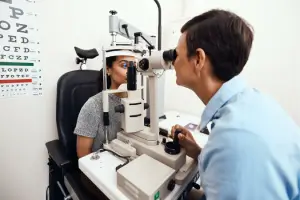
Regular Eye Exams
Get an appointment with an eye care expert for routine eye examinations. The chance of losing vision can be considerably decreased with early identification and treatment.
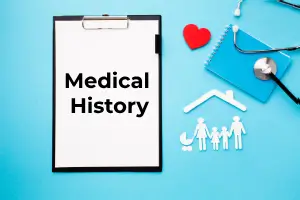
Know Your Family History
As Glaucoma is a hereditary condition, find out about the history of eye problems in the family. Inform the ophthalmologist about any family history of the ailment.

Maintain a Healthy Lifestyle
Adopt a healthy lifestyle that includes frequent exercise, eating a balanced diet high in fruits and vegetables, and staying within a healthy weight range. These elements support general health, which includes eye health.
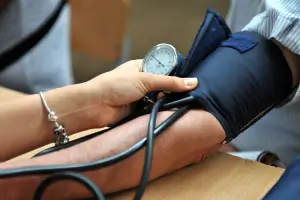
Manage Blood Pressure
Sustain appropriate levels of blood pressure. Glaucoma risk can be raised by high blood pressure.

Avoid Smoking
There is evidence that smoking raises the risk of glaucoma. Reducing smoking can improve the general health of your eyes.

Protect Your Eyes from Injuries
When participating in activities that put your eyes at risk for harm, use protective eyewear. The risk of glaucoma may rise in response to ocular trauma./p>
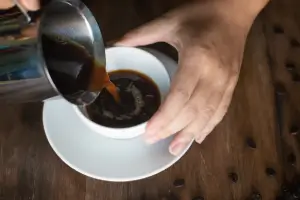
Limit Caffeine Intake
According to certain research, consuming too much coffee may raise intraocular pressure, which might aid in the onset or progression of glaucoma.

Follow Medication Instructions
Carefully follow your doctor's recommendations if you are taking any medicine, especially corticosteroids, as certain drugs might raise intraocular pressure.

Reduce Eye Strain
If one spends a lot of time on a computer, make sure to take regular rests. Observe the 20-20-20 rule: gaze at an object 20 feet away for at least 20 seconds every 20 minutes.
Glaucoma Costs/ Insurance
If you qualify for Medicare, the costs of Glaucoma are typically covered. Cataract surgeries are also covered by private insurance.
If your vision tests at a certain level of clarity or acuity, Medicare will pay for your care. Similar vision requirements may apply to private insurance plans. Even if your surgery is covered, there might be some additional costs. IOLs of special types will cost more. It will be more expensive to decide to have cataract surgery before your vision has become significantly worse.
It may be possible in some circumstances to obtain coverage prior to meeting the age or vision requirements. See your ophthalmologist if you're thinking about undergoing early cataract surgery.
TPA / INSURANCE
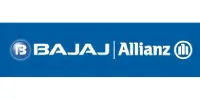
bajaj allianz health insurance
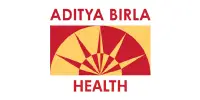
aditya birla health insurance
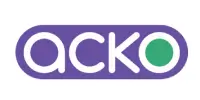
acko general insurance

E Meditek Tpa Services Ltd

HDFC ERGO General Insurance Company
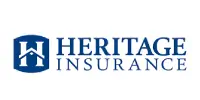
Heritage Insurance

icici lombard health insurance

IFFCO TOKIO
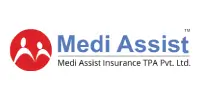
medi assist insurance tpa pvt ltd
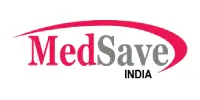
Medsave Healthcare
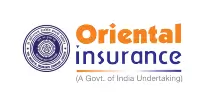
The Oriental Insurance Company

Paramount Health Insurance
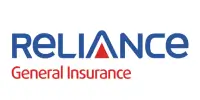
Reliance General Insurance
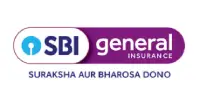
SBI General Insurance

Star Health
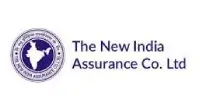
The New India Insurance
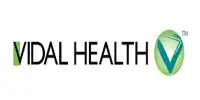
Vidal Health Insurance
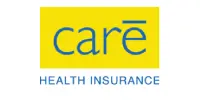
care health insurance
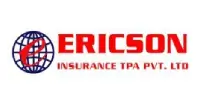
Ericson Insurance TPA Pvt. Ltd
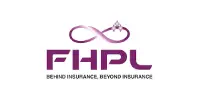
FHPL
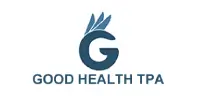
Good Health TPA
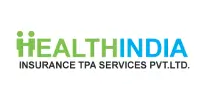
Health India
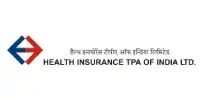
Health Insurance (HI)

Md India
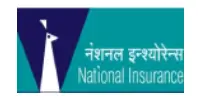
National Insurance

Park Mediclaim
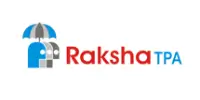
Raksha
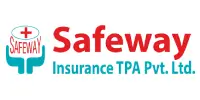
Safeway

United Health Care

United India Insurance
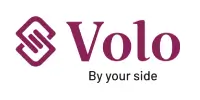
East West Tpa
Government Schemes

Naval Dockyard

CSMA

CGHS